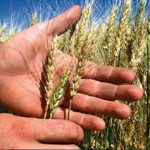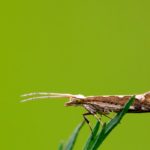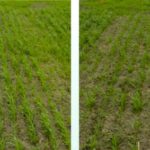Diamondback moth continues to be a concern in some areas, although it is the pupa stage that is now dominant in some fields. Soybean aphids surpassed economic threshold in some fields. In some soybean fields natural enemy populations seem to be building in response to the soybean aphids. Bertha armyworms are being monitored, and high levels of larvae have











